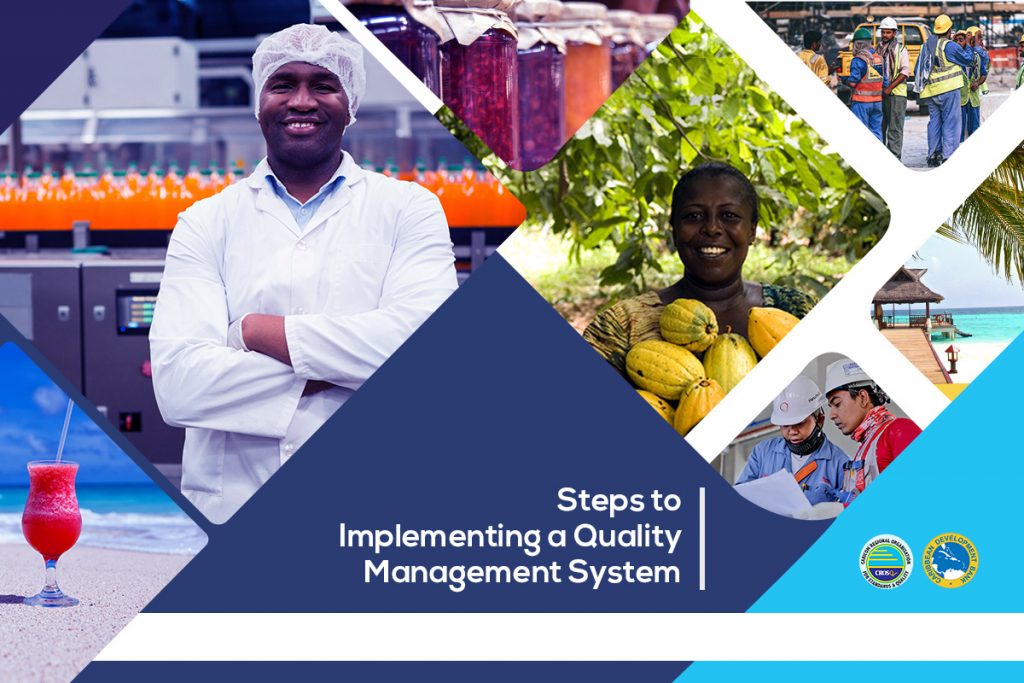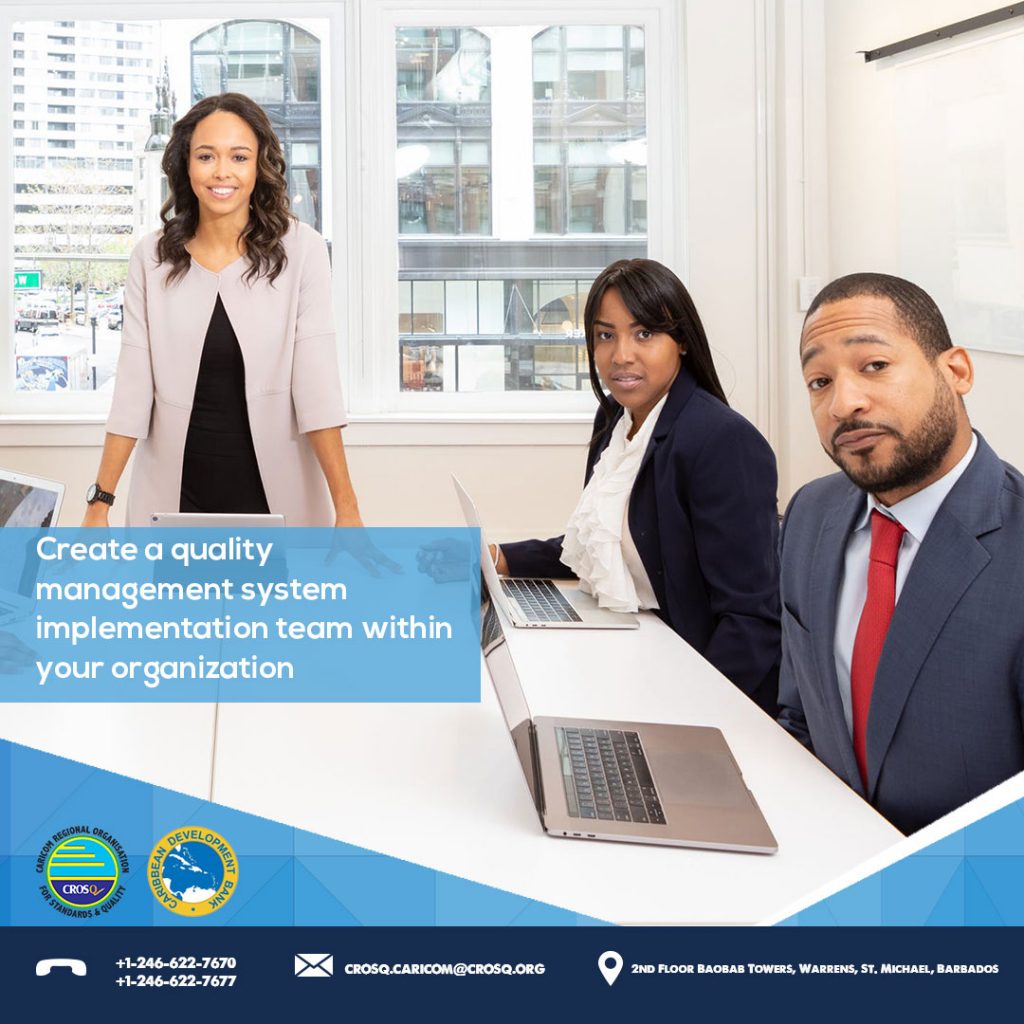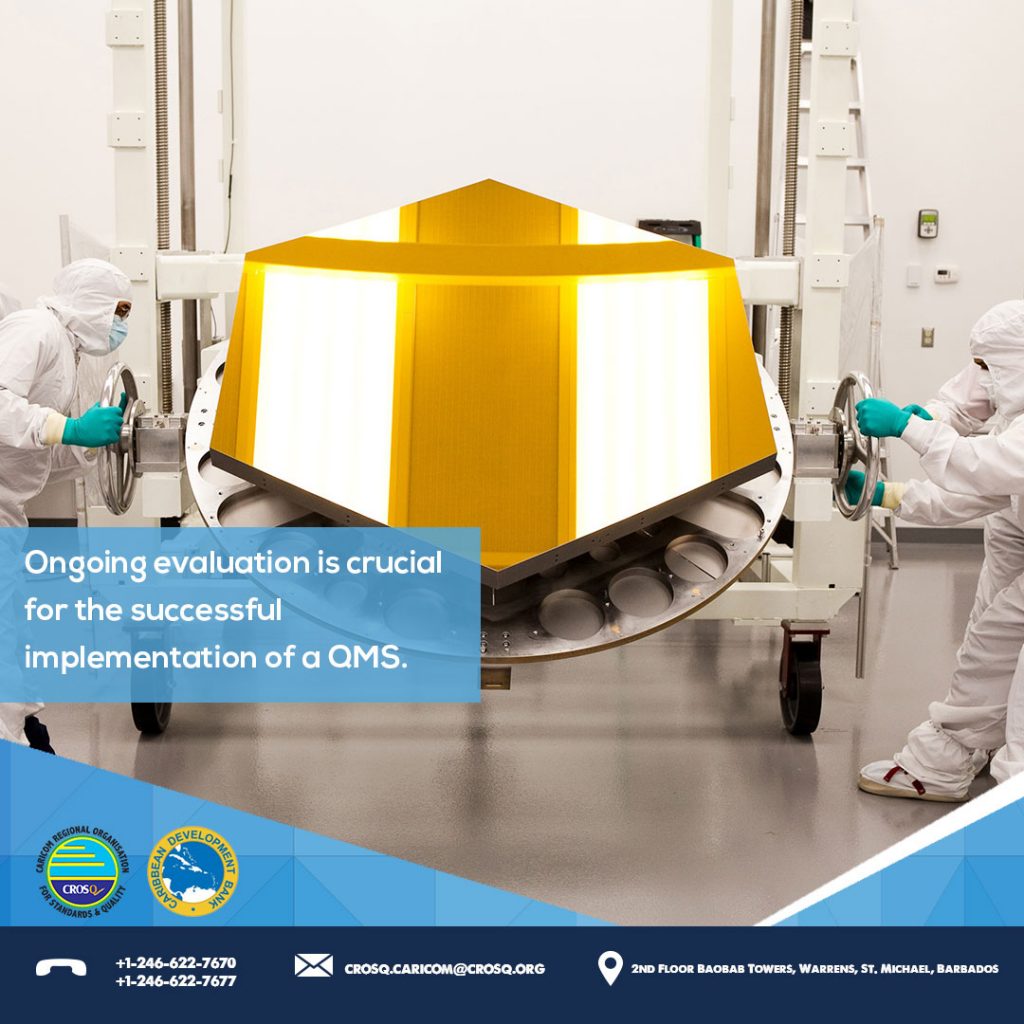What are the Steps for Implementing a Quality Management System
- crosqblog
- on Oct, 29, 2019
- Category Quality Management Systems
- No Comments.

The International Organization for Standardization (ISO) creates and monitors the correct implementation of international quality standards. There are different suites of standards that govern quality in various sectors. ISO 9000:2015 is the most recent ISO standard that “specifies the terms and definitions that apply to all quality management [systems]”.
Therefore, if you want to be the one that stands out in a sea of competitors, you and your team should work towards the successful implementation of ISO 9000:2015. Here are ten steps that can help make the process seamless.
Step #1: Purchase a copy of the ISO 9000:2015.
This step may seem intuitive but it is important to mention. You cannot make an informed decision about your quality management system unless you understand what ISO 9000:2015 entails. Copies of the standard are sold on the ISO website. All ISO standards are reviewed every five years so there is a possibility that this standard will be updated in 2020. Keep checking the website to know when an update is released.
Step #2: Develop an internal quality policy document.

You should then create a quality management system implementation team within your organization that can take the ISO 9000:2015 document and draft an internal quality policy. An internal quality policy for quality management should always mirror the ISO 9000:2015 standard if you want to achieve the best results. Additionally, the goals outlined in the document should be measurable so that the company’s progress towards attaining the standards can be easily tracked. Your local National Standards Bureau (NSB) can direct you to a local agency or consultant who can help your team develop this policy if you need additional assistance.
Step #3: Use MyEasyISO to create all required documents.
ISO requires four documents before certification is issued:
- The internal quality policy
- The quality management system
- The quality objectives
- The procedure for the control of outsourced processes
MyEasyISO is a user-friendly ISO 9000:2015 software that simplifies the document creation process. It will save you time and money in the long-term.
Step #4: Identify your processes.
Processes are pivotal for a QMS. Your team should develop a process concept map that describes the interlinkages among the processes within the QMS. Each process should clearly describe the controls, resources, records and documentation needed to meet the ISO 9000:2015 requirements.
Step #5: Identify and procure the necessary resources.
The process of creating the four documents listed in step three will shed some light on the gaps within your organization. New physical and/or human resources may be needed to fill the gaps. Buy-in is needed from C-Suite (top level) executives so that there will be strong support for financing the improvements needed to address the issues. A timeline should be set for the procurement of these resources so that the process of implementing an effective quality management system can begin.
Step #6: Identify and fill training needs.

Support is needed from people at all levels of the organization. The rationale for the internal quality management system documents should be explained to all employees and feedback garnered about any training they will need to successfully implement the objectives. Your senior management team should also be able to identify additional training needs. Once these training needs have been documented, you and your C-Suite executives should execute efficient training sessions that adequately engage the employees.
Step #7: Implement the Quality Management System (QMS).
It must be noted that it is not always necessary to fully complete steps three and four before implementing the Quality Management System. In fact, the system can be implemented in stages because it can be overwhelming to implement everything simultaneously. Doing this actually helps you to identify errors early enough so that you can correct them before developing another aspect of the system. Therefore, you save both time and money.
Step #8: Develop an internal auditing system.
Ongoing evaluation is crucial for the successful implementation of a QMS. There should be an internal auditing team that monitors the progress of the implementation and identifies problems early enough so that you and your team can proactively solve them. These audits assess the system’s adequacy, suitability and effectiveness.
Step #9: Conduct a pre-assessment audit.
ISO certified accreditation providers offer a pre-assessment audit service delivered by a trained auditors. You will have to pay for the service but it helps you determine how prepared your company is for the actual assessment. It is important to know the mistakes that you are making early enough so that your company can perform well for the actual audit and receive certification.
Step #10: Get certified.
This is the time for you to prove that you can be the one to succeed when others fail. You have done your due diligence and believe that your company is ready for an official audit. Your local ISO certified accreditation provider comes, does the audit and (when you pass) you receive your certificate within three to six months.

Putting It All Together
Adhering to ISO 9000:2015 stipulations is an expensive investment that requires months of planning. However, the results are worth the investment. Be the one customers trust by following these ten steps to implement an ISO 9000:2015 governed QMS. The quality of your products will improve and customers will be delighted.




